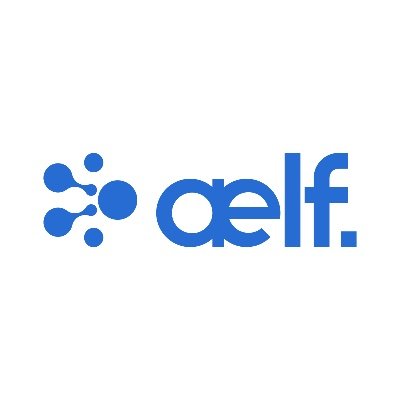AI is no longer a tool for research —
it’s becoming the researcher itself.
This is the first loop of autonomous innovation,
where intelligence doesn’t wait for direction —
it generates it.
The future won’t be built by control,
but by coherence.
#aelf #AI #Governance #Future
Yesterday we did a livestream. TL;DR:
We have set internal goals of having an automated AI research intern by September of 2026 running on hundreds of thousands of GPUs, and a true automated AI researcher by March of 2028. We may totally fail at this goal, but given the extraordinary potential impacts we think it is in the public interest to be transparent about this.
We have a safety strategy that relies on 5 layers: Value alignment, Goal alignment, Reliability, Adversarial robustness, and System safety. Chain-of-thought faithfulness is a tool we are particularly excited about, but it somewhat fragile and requires drawing a boundary and a clear abstraction.
On the product side, we are trying to move towards a true platform, where people and companies building on top of our offerings will capture most of the value. Today people can build on our API and apps in ChatGPT; eventually, we want to offer an AI cloud that enables huge businesses.
We have currently committed to about 30 gigawatts of compute, with a total cost of ownership over the years of about $1.4 trillion. We are comfortable with this given what we see on the horizon for model capability growth and revenue growth. We would like to do more—we would like to build an AI factory that can make 1 gigawatt per week of new capacity, at a greatly reduced cost relative to today—but that will require more confidence in future models, revenue, and technological/financial innovation.
Our new structure is much simpler than our old one. We have a non-profit called OpenAI Foundation that governs a Public Benefit Corporation called OpenAI Group. The foundation initially owns 26% of the PBC, but it can increase with warrants over time if the PBC does super well. The PBC can attract the resources needed to achieve the mission.
Our mission, for both our non-profit and PBC, remains the same: to ensure that artificial general intelligence benefits all of humanity.
The nonprofit is initially committing $25 billion to health and curing disease, and AI resilience (all of the things that could help society have a successful transition to a post-AGI world, including technical safety but also things like economic impact, cyber security, and much more). The nonprofit now has the ability to actually deploy capital relatively quickly, unlike before.
In 2026 we expect that our AI systems may be able to make small new discoveries; in 2028 we could be looking at big ones. This is a really big deal; we think that science, and the institutions that let us widely distribute the fruits of science, are the most important ways that quality of life improves over time.
1,068
1
本页面内容由第三方提供。除非另有说明,欧易不是所引用文章的作者,也不对此类材料主张任何版权。该内容仅供参考,并不代表欧易观点,不作为任何形式的认可,也不应被视为投资建议或购买或出售数字资产的招揽。在使用生成式人工智能提供摘要或其他信息的情况下,此类人工智能生成的内容可能不准确或不一致。请阅读链接文章,了解更多详情和信息。欧易不对第三方网站上的内容负责。包含稳定币、NFTs 等在内的数字资产涉及较高程度的风险,其价值可能会产生较大波动。请根据自身财务状况,仔细考虑交易或持有数字资产是否适合您。


